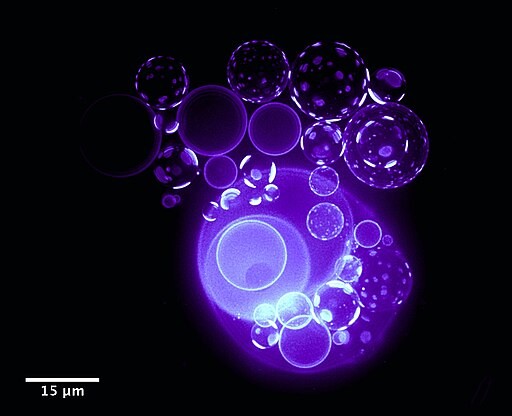According to the World Health Organization, Cancer remains a leading cause of death worldwide, responsible for almost 10 million deaths in 2020. Conventional treatment options for cancer include chemotherapy, radiation therapy, and surgery. However, chemotherapy can harm both cancer cells and healthy cells. In addition, many therapeutic targets stay with cancer cells, making it harder to reach them. Because of this, experts continue to look for other methods with better drug delivery mechanisms.

Cell-Derived Nanovesicles
At Binghamton University, a group of biomedical engineers studied vesicles as nanocarriers with the potential of delivering therapeutic agents to the interior of cancer cells. They focused on targeting moieties and engineered viral fusogens, the proteins that aid in attacking cancer cells and merging cell membranes.
Nanocarriers are widely used as polymer-decorated liposomes with approval from the U.S. Food and Drug Administration. However, they do not possess any cancer-targeting capabilities and could even trigger a severe response by the immune system.
The research team, led by assistant professor Yuan Wan, identified overexpressed or cancer-specific antigens found in malignant cells and used the targeting moieties and fusogen-co-equipped nanovesicles. In doing so, they could inject cancer cells without harming healthy cells.
As described by Wan, these nanocarriers possess some outstanding properties. For instance, they have a deficient immune response since they are harvested from human cell strains. Such attributes allow optimal biocompatibility, evading immune clearance and possessing an extended blood half-life.
Another benefit of genetically engineered vesicles is their circulation time. Since the drug-loaded vesicles can go around the body in 45 seconds, they can travel safely to the cancer cells many times. Additionally, the drugs have more chances to reach the tumors than those freely introduced into the patient's body.
In 2021, separate research was undertaken by Wan, where he tested the ability of plasma-derived extracellular vesicles to diagnose solitary pulmonary nodules in human lungs. The result of the study reveals that it is possible to harness the nanovesicles to make them work in specific ways.
READ ALSO: Nanocapsules on Blood Clot Drugs Reduce Side Effects, Increase Efficacy
What are Extracellular Vesicles?
Extracellular vesicles refer to the lipid bilayer membrane particles released by the cells of a eukaryotic organism, produced either by membrane budding or endocytic pathway. These are present in most body fluids, such as saliva, urine, and blood.
In the past, extracellular vesicles were thought to be merely trash bags released by the eukaryotic cells to remove unwanted biomaterial. Today, these structures are established as intercellular communicators, which play a significant role in cellular biology.
The biological mechanism of extracellular vesicles is attributed to their surface composition and load type, including proteins, lipids, metabolites, and nucleic acids. Meanwhile, their physiochemical properties are affected by the donor cell type and can be changed for customized biological functions. These properties and their presence in many body fluids draw the attention of scientists to explore their clinical utility in the development of biomarkers extensively.
RELATED ARTICLE: Polymersomes Successfully Deliver siRNA to Target Cancer Tumors in Mice Models
Check out more news and information on Cancer in Science Times.














